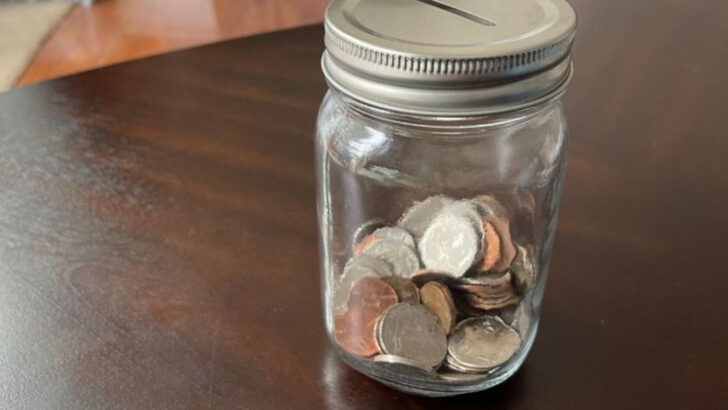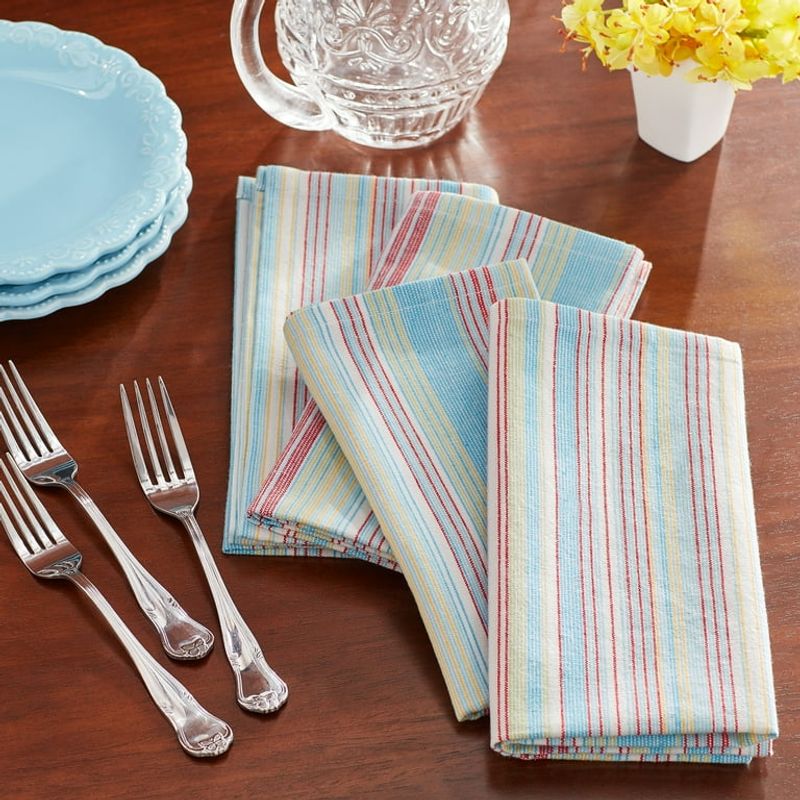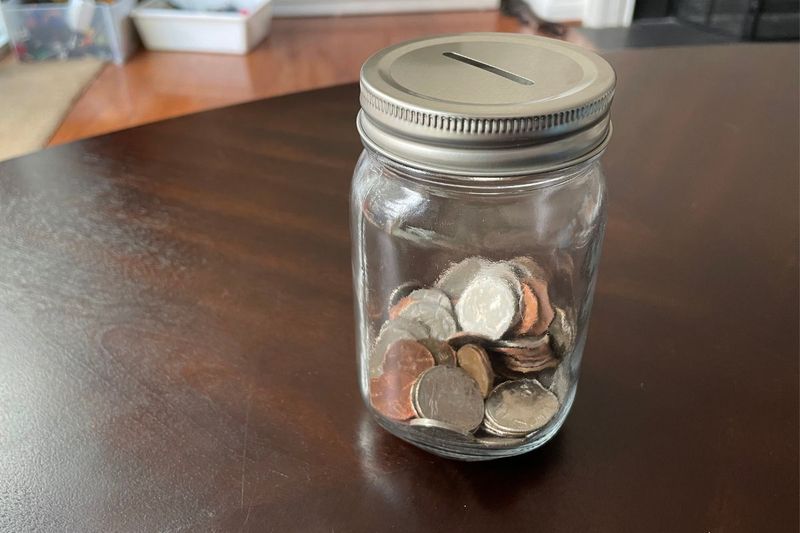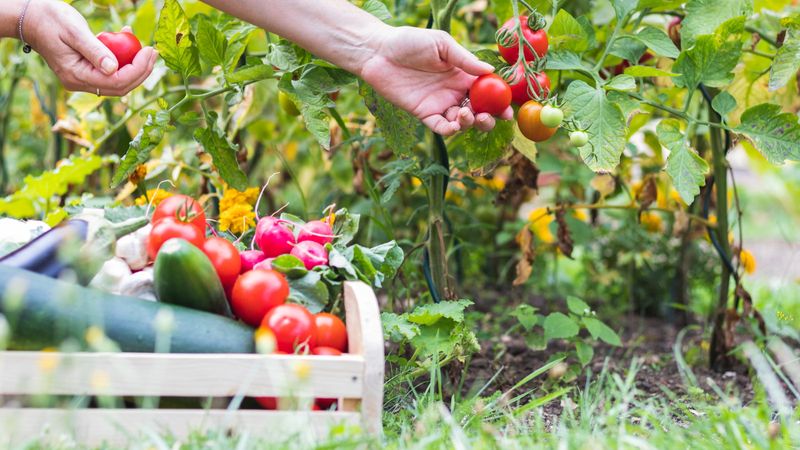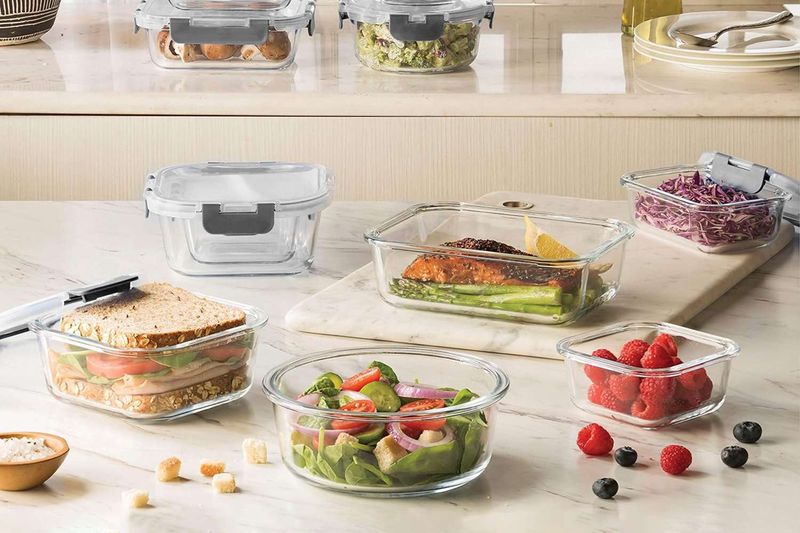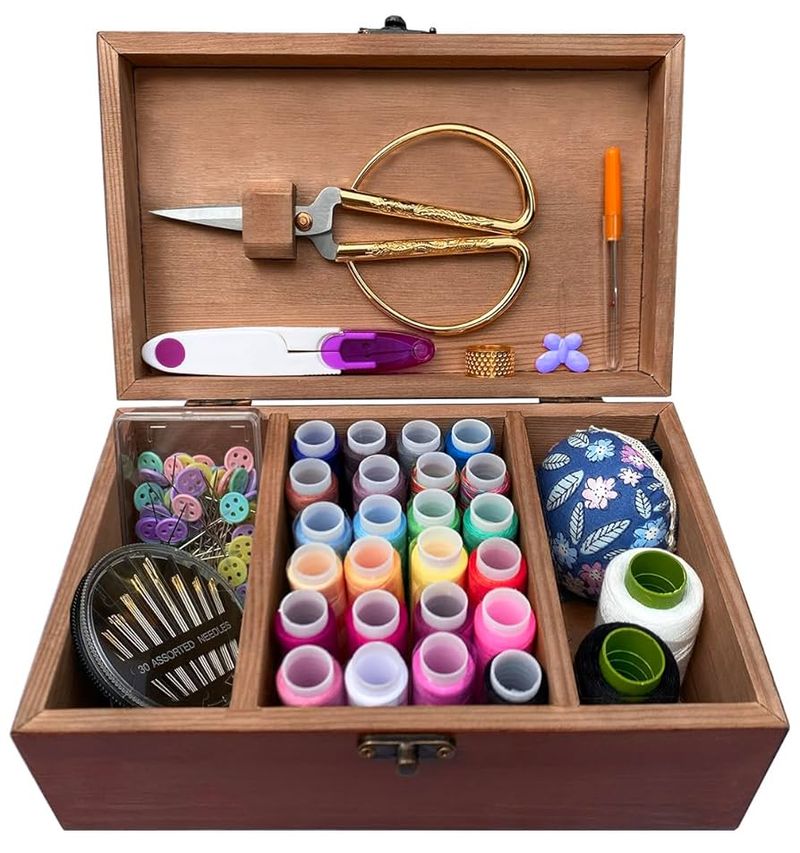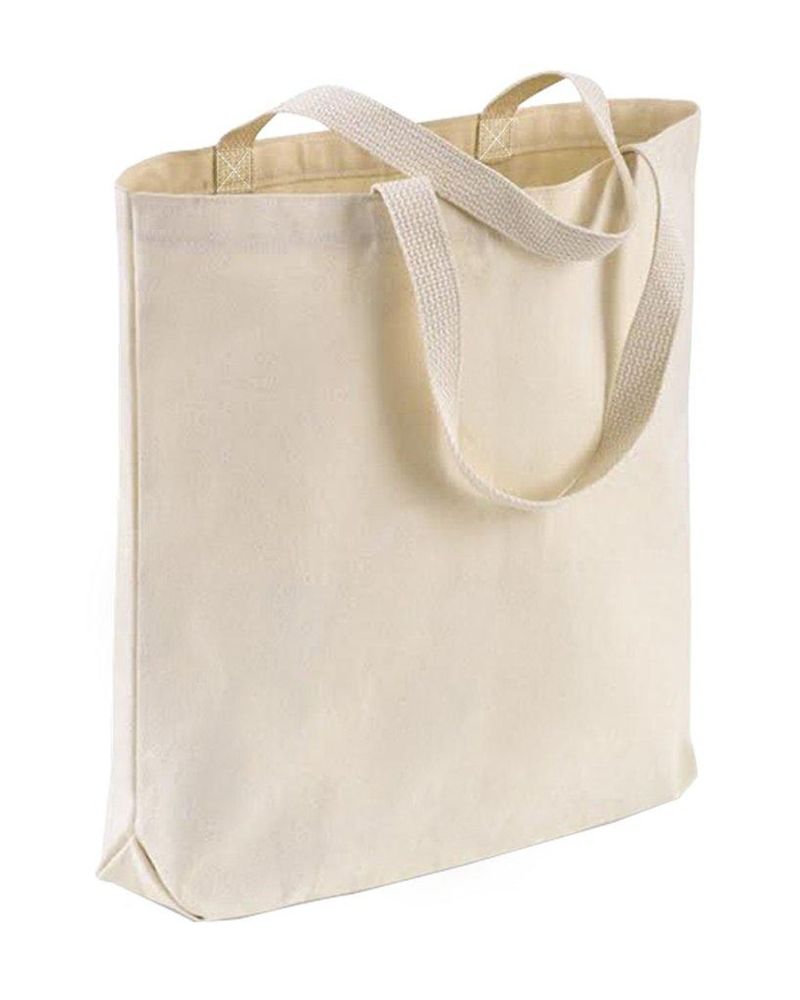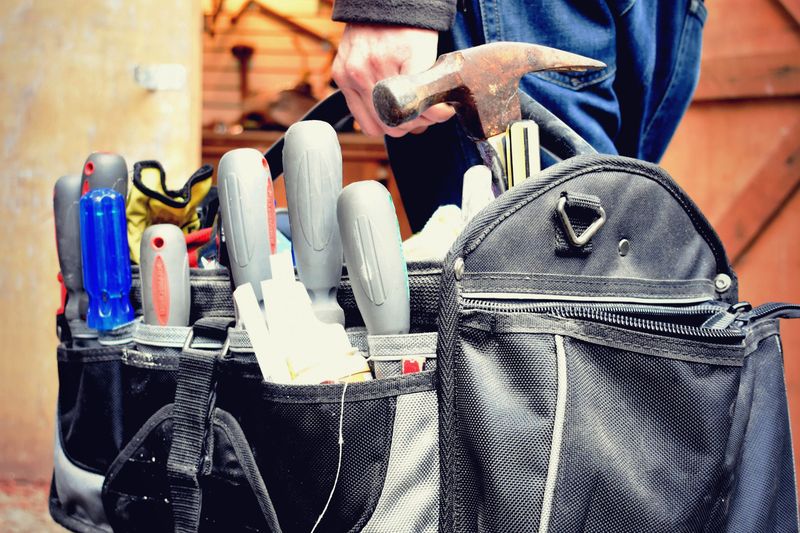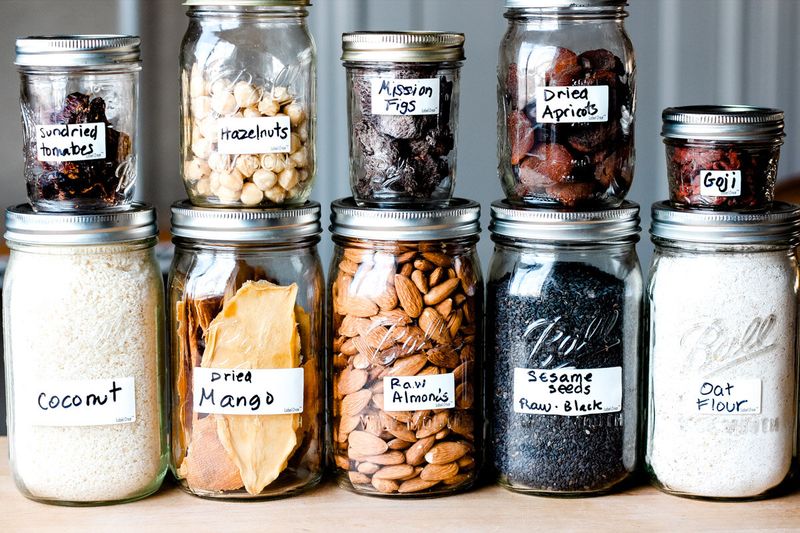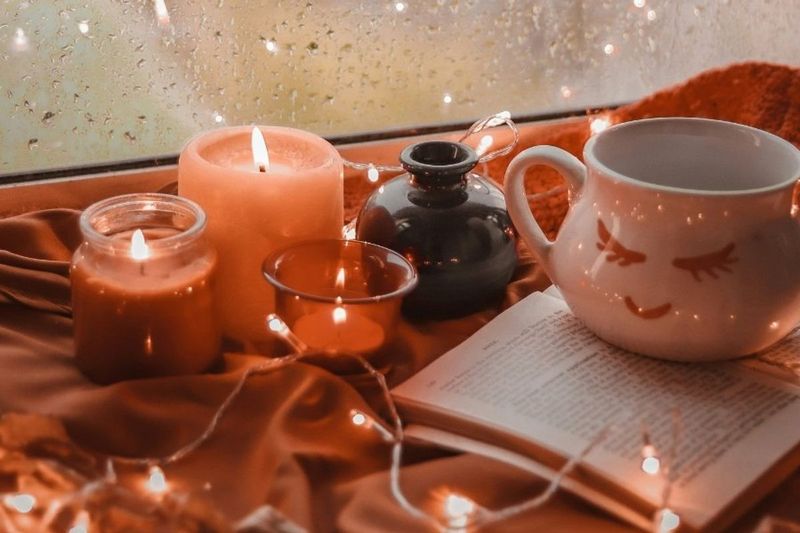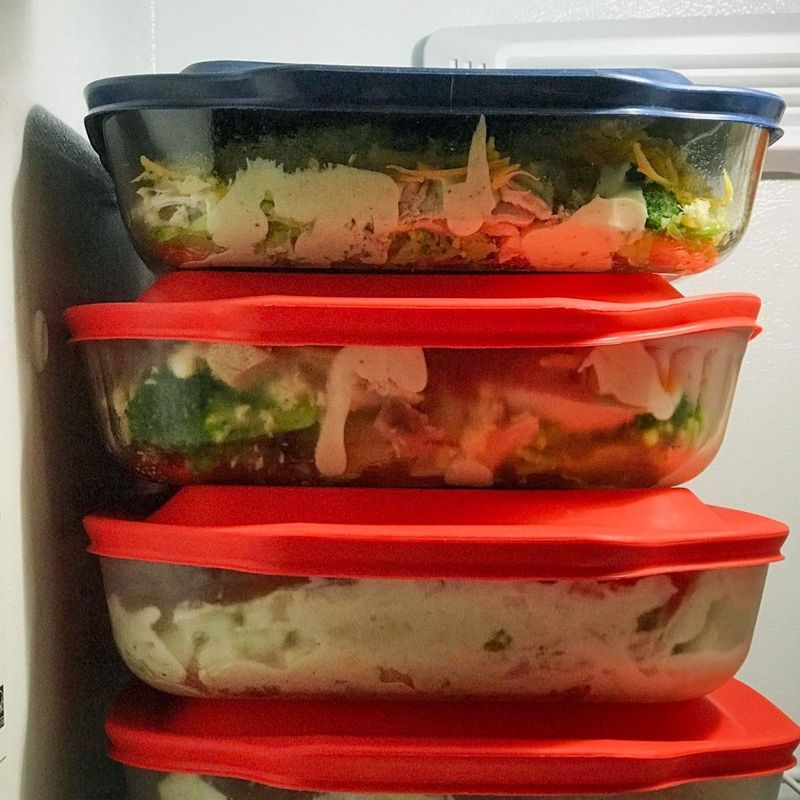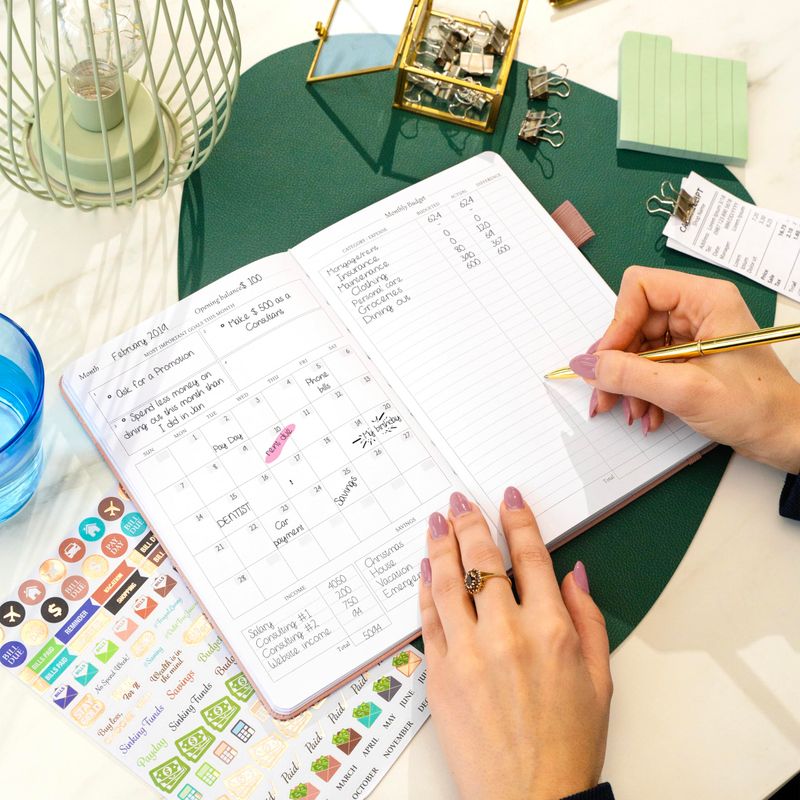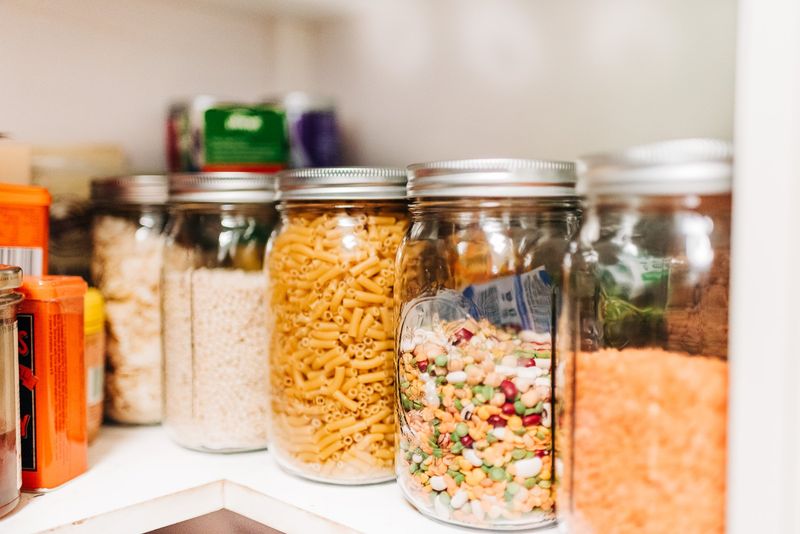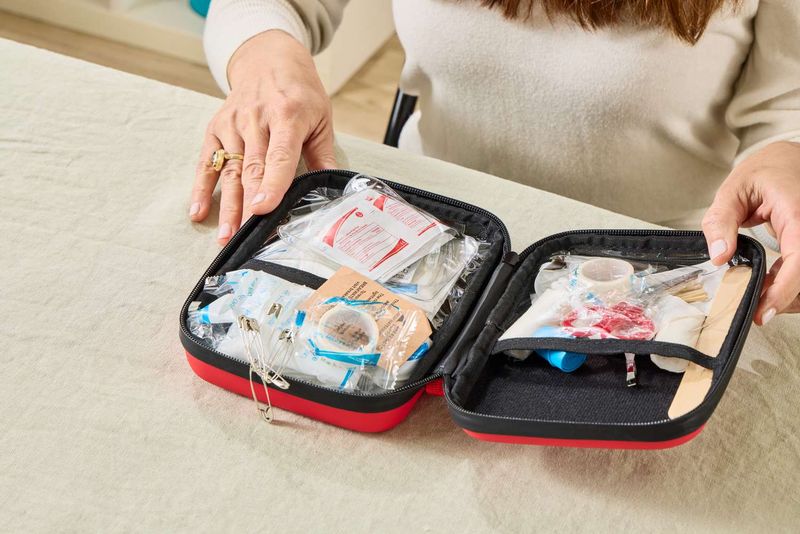You know how sometimes it feels like you’re always one step behind—like everyone else got the manual for adulthood, and you’re still flipping through the table of contents?
I felt that way too, until I started noticing the quiet genius moves my grandmother made. She didn’t have a Pinterest board or a fancy organizing system. But her house had little things, tucked in corners and drawers, that kept her life running smoother than anyone else’s.
It wasn’t about being cheap; it was about being sharp—making the most of what you have, and never letting a dollar slip by just because you weren’t paying attention.
So I followed her example and now all these things live in my home. And I don feel silly because of it at all, I feel ready and confident. Hear me out.
This isn’t the usual list of “just budget harder.” It’s the honest, slightly weird, toolkit women like us actually use to get by (and sometimes, totally win at this whole grown-up thing). Here’s what you’ll find in a frugal woman’s home—the stuff most folks never even notice, but trust me, you’ll wish you had.
1. Cloth Napkins and Rags
I grew up thinking paper towels were just life. Then I watched my aunt, who always had these mismatched cloth napkins folded in a basket on her counter. She’d hand you one before dinner, no fuss—just a quiet kind of pride in not throwing money away on something you use for two seconds.
She washed them with the rest of the laundry, no special treatment. I started doing the same, and you know what? I stopped that endless cycle of buying, tossing, repeating. There’s something steadying about pulling out a soft, familiar napkin instead of grabbing another roll off the grocery shelf.
Even the rags get a second life—old t-shirts cut into squares, perfect for wiping down counters or soaking up spills. You’ll save more than you think, and you’ll feel it every time you walk past the cleaning aisle with zero FOMO. Old habits end hard, but good ones settle in like a favorite chair.
2. Button Jar
My grandma’s button jar was magical—a mess of colors, sizes, and stories. As a kid, I’d dig through it for treasure, not realizing each button had a past. Every frugal woman I know has something like this stashed away, quietly fighting back against throwaway culture.
If you’ve ever lost a button and thought, “Oh well, shirt’s done,” this jar proves you wrong. It’s a backup plan for wardrobe emergencies—a way to keep your favorite jeans or winter coat alive a little longer. Most people toss, but we mend; it’s not just about saving money, it’s about refusing to let small problems turn into big expenses.
Sometimes I find a button from a baby sweater or an old uniform and it hits me: there’s history here. Repairing isn’t shameful. It’s resourceful. It’s a tiny rebellion against having to buy new when a little jar of leftovers can make things whole again.
3. Mason Jar Coin Bank
There’s something about loose change that feels both useless and full of possibility. That’s why I keep a mason jar by the front door—every quarter, dime, or nickel goes in at the end of the day. It’s not glamorous, but over months, it quietly grows.
I remember my friend laughing at my “old lady jar.” Then she saw me pay for a pizza night out of spare change I’d collected for months—no guilt, no overdraft, just a little reward for patience. It adds up when you’re not looking; maybe not enough to buy a car, but enough to handle life’s little surprises.
Some people see clutter; I see freedom in a glass jar. I don’t miss those coins when I drop them in, but I sure appreciate them when the meter’s out or the grocery bill is tight. It’s a tiny backup plan that feels like a secret.
4. Homemade Cleaning Supplies
Spraying a bottle of store-bought cleaner always made me wonder what I was really breathing in. So I started mixing my own, with vinegar, baking soda, and a few drops of lemon oil. It’s not fancy, but it works—and my kitchen doesn’t reek of chemicals anymore.
It didn’t take long to realize most stains, grime, and messes don’t need a $6 cleaner. A little elbow grease and a homemade mix can tackle just about anything. Plus, I save money and avoid that endless parade of plastic bottles under my sink.
Friends ask if I miss the “real stuff.” Honestly? I sleep better knowing exactly what’s in my home. Making your own cleaners isn’t just about being frugal—it’s about having control, cutting down on waste, and keeping things simple. Less to buy, less to worry about.
5. Homegrown Vegetables
There’s something almost rebellious about pulling a carrot from your own garden and washing off the dirt. My first tomato plant didn’t survive, but the next year I had more cucumbers than I knew what to do with. Frugal women know: growing your own food isn’t about being a farmer, it’s about having options.
It’s quiet work—planting, watering, hoping for rain—but there’s a deep satisfaction in eating something you raised. Even a few pots on a windowsill count. It’s not about saving hundreds, but every salad made from backyard greens feels like a win.
I stopped thinking of fresh food as a luxury. It’s just a different kind of investment. If you’ve ever spent $4 on sad herbs at the store, you know what I mean. Little harvests add up, and you taste the difference in every bite.
6. Reusable Glass Containers
Plastic containers always seemed to vanish or warp, and I hated the way they made leftovers smell. So I switched to glass. It’s heavier, sure, but it lasts. I have a cabinet with mismatched containers, some older than my nephew.
There’s a quiet thrill in seeing yesterday’s soup or cut veggies through clear glass—no mystery leftovers, no waste. They clean up easier, never stain, and don’t hang onto weird smells. My fridge feels less like a science experiment and more like a place I want to eat from.
Buying glass felt like a splurge at first, but they paid for themselves in months. You use what you see, you waste less, and you don’t have to keep replacing cracked plastic every few weeks. The little things really do make a home feel cared for.
7. A Well-Stocked Sewing Kit
Nothing feels more grown-up than sewing on a button instead of tossing a shirt the second it rips. My sewing kit isn’t fancy—just a battered tin with thread, needles, and a pair of scissors that’s seen better days. But when something needs fixing, I’m ready.
I still remember my mom teaching me to thread a needle after dinner, her voice patient while I fumbled with tiny knots. Now, I can fix a loose hem before work, or patch a kid’s backpack without a second thought. It’s not about being crafty; it’s about being prepared.
Most people don’t even own a needle. I do. And I can tell you—knowing you can fix what breaks is a quiet kind of confidence. Sometimes, that’s worth more than the clothes themselves.
8. Sturdy Reusable Shopping Bags
You know those thin plastic bags that split halfway to the car? I stopped trusting them a long time ago. My collection of canvas totes has been to more grocery stores than I care to admit, and they’re still going strong. It’s not flashy, but it’s real.
I keep a few in my car, a couple by the door, and one folded in my purse—ready for farmer’s markets, thrift shops, or last-minute errands. Each one tells a story (some have coffee stains or weird doodles from my niece), and they never let me down. Fewer bags in the trash, fewer trips back to the car for dropped apples.
It’s a small switch, but it adds up. These bags remind me: sometimes the toughest things are the ones you use every day, quietly making life easier and cheaper.
9. DIY Repair Tools
My dad called it a “junk drawer,” but I call it the toolbox. Every frugal woman I know has a stash of tools—just enough to fix what needs fixing, nothing more. Mine has a hammer, a screwdriver, maybe a few Allen wrenches from IKEA days.
You don’t need a garage full of gear. Just the basics. I’ve tightened cabinet handles, fixed a wobbly chair, changed batteries, and hung shelves—all without waiting for someone else. It’s about independence as much as thrift.
Tools don’t have to be new or pretty, just reliable. And when you fix something yourself, it feels like a win—like you didn’t let a tiny problem snowball into a big, expensive headache. That’s real power.
10. Bulk Pantry Staples
A full pantry isn’t about prepping for disaster; it’s about peace of mind. I buy rice, beans, oats, and pasta in bulk because I know I’ll use them. No last-minute takeout because there’s “nothing to eat.”
There’s something deeply satisfying about seeing those jars lined up, each one a little promise that dinner can happen, no matter what the week throws at you. And when prices jump at the store, you’ve already got what you need. Frugal women don’t panic—they plan.
Bulk buying sounds intimidating, but it’s just about knowing what you actually eat. Every scoop from those jars feels like a tiny act of rebellion against the idea that you have to pay more for convenience. You don’t.
11. Emergency Candle Stash
The lights went out last winter, and while everyone else scrambled for flashlights, I opened my candle drawer. There they were—tea lights from yard sales, half-burned birthday candles, a few chunky pillars from thrift shops. There’s comfort in a ready flame when the world flips off the switch.
It’s not just for emergencies, either. Sometimes, I light a candle after a rough day, just to reset my head. The stash reminds me that you don’t have to rely on gadgets or apps for everything. Sometimes, old school is best.
And when the power’s out, there’s something oddly soothing about candlelight—soft, forgiving, real. Not everything in life can be controlled, but you can be prepared. That’s its own kind of light.
12. Freezer Full of Prepped Meals
Freezer meals are my weekday lifesaver. I take a Saturday afternoon, cook big batches, and stash them in labeled containers. Past me always thanks present me for the effort—especially on nights when I’m too tired to cook.
Some folks think meal prep is too much work, but those frozen soups and casseroles are the reason we don’t default to takeout. You save money, energy, and your own sanity. It’s a quiet kind of self-respect, knowing you’ve got a backup in place.
I label everything (even the mystery leftovers—lesson learned), and I never feel guilty for opening the freezer and finding ready-to-go meals. It’s not glamorous, but it’s honest, and it works.
13. Handwritten Budget Notebook
Numbers on a screen never hit home for me, but a notebook did. I started writing down every dollar in and out—the good, the bad, the embarrassing. It’s not about perfection; it’s about honesty. There’s a different kind of accountability in your own handwriting.
Some months, the budget is a mess. Other times, I surprise myself with how much I stretched a dollar. I use colored pens, sometimes doodle in the margins, and tape in receipts I want to remember. It’s messy, but it’s mine.
A notebook makes spending real. You see patterns, you catch mistakes, you learn. And at the end of the month, you feel like you’re steering the ship, not just along for the ride. That’s a kind of control I never found in an app.
14. Gift Closet or Bin
Ever been blindsided by a birthday you totally forgot? I have. That’s why my “gift closet” exists—a shelf where I keep sale finds, extra gift bags, and quick gifts I pick up throughout the year. It sounds a little over the top, but it’s saved me more times than I can count.
When you plan ahead, you don’t scramble or overspend at the last minute. I have a stash of candles, books, little kitchen gadgets, and cute cards. No one gets a last-minute re-gifted fruitcake from me.
It’s not about being cheap—it’s about being ready. A little planning means I’m thoughtful without blowing the budget. And honestly, it feels good to always have something special tucked away, just in case.
15. Upcycled Jars and Containers
Why buy more storage when you already have it? I save jars from sauces, salsas, and honey—wash them out, peel off the labels, and use them for just about everything. My shelves are lined with mismatched glass, each one with a new job.
Some hold pantry staples; others keep spare screws or stray hair ties. I have a jar for rubber bands and another for cotton balls. It’s not Instagram-perfect, but it’s real life—and it saves both money and trips to the store for “organizing solutions.”
Upcycling isn’t about being crafty, it’s about seeing potential in what most people toss. These jars remind me: you don’t always need more. Sometimes, you just need to see things differently.
16. Basic First Aid Kit
Life has a way of throwing curveballs—a scraped knee, a rogue splinter, a headache out of nowhere. That’s why my first aid kit is always ready. I don’t buy the fancy versions; I just keep the basics stocked and organized.
Band-aids, antiseptic, tweezers, pain medicine—nothing complicated, just what works. I check it a couple of times a year, topping up what’s missing. It sounds simple, but it means fewer late-night drugstore runs (and less stress when someone’s hurt).
Most people don’t think about first aid until they need it. Frugal women plan for the bumps, not just the big emergencies. A small kit can make all the difference, even if you never say thank you for it.

